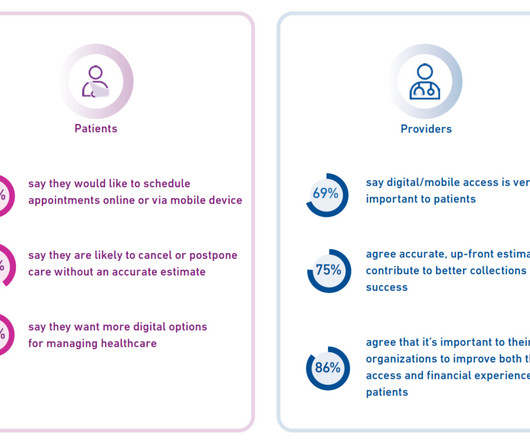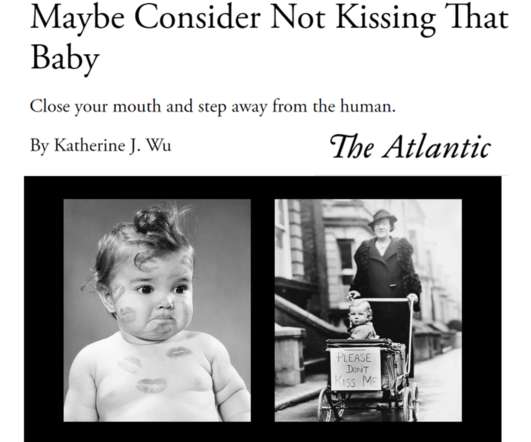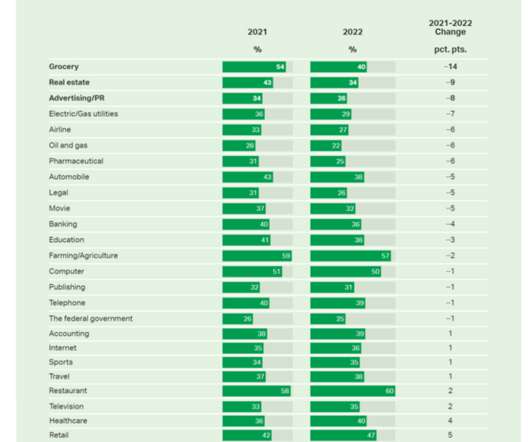Patients Growing Health Consumer Muscles Expect Digital Services
Health Populi
OCTOBER 15, 2019
These study respondents had also visited a doctor or hospital and paid a medical bill in the past year. One-third of these patients had a health care bill go to collections in the past year, according to Cedar’s 2019 U.S. Healthcare Consumer Experience Study. 15% receive this information in text message form.













Let's personalize your content